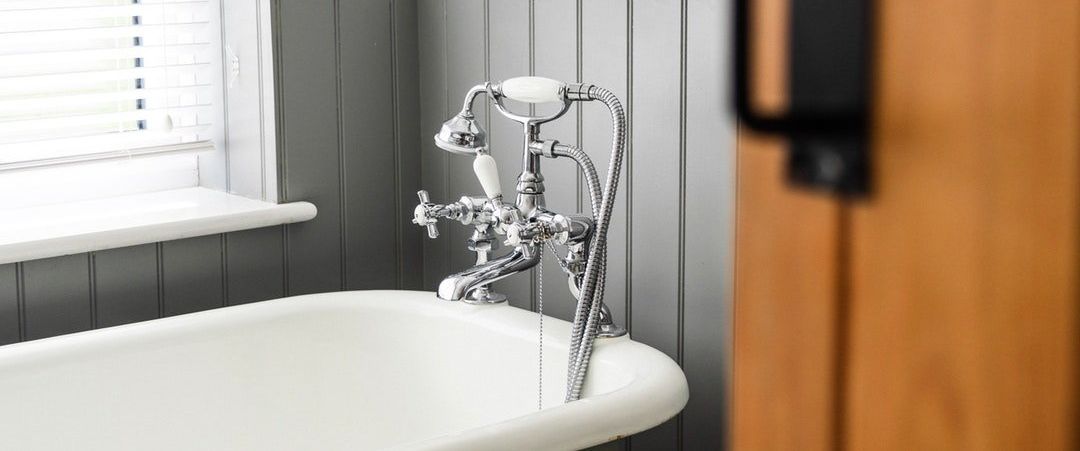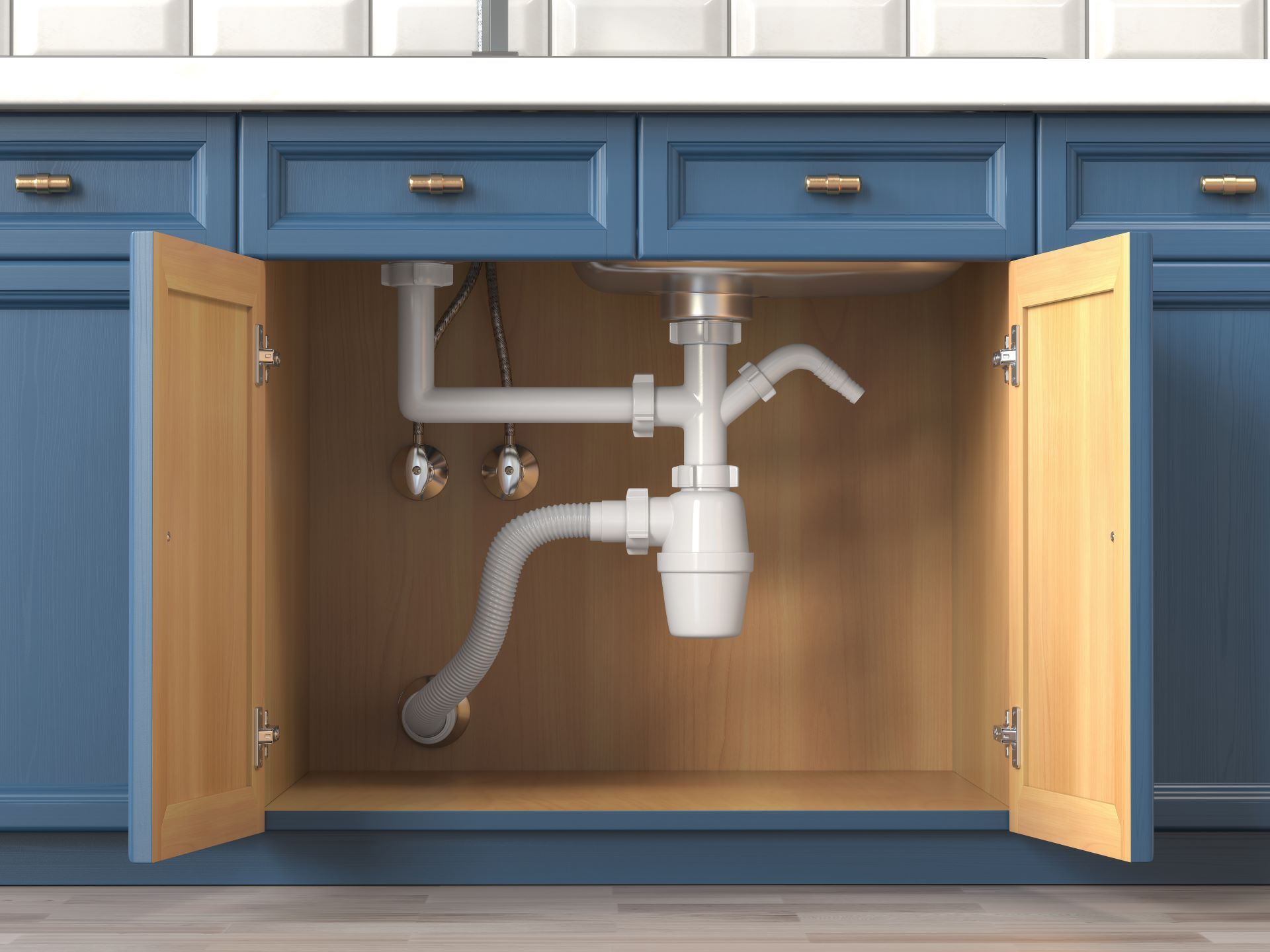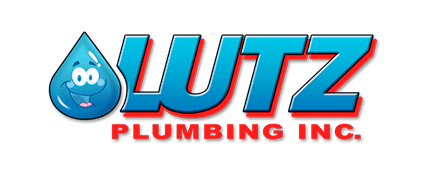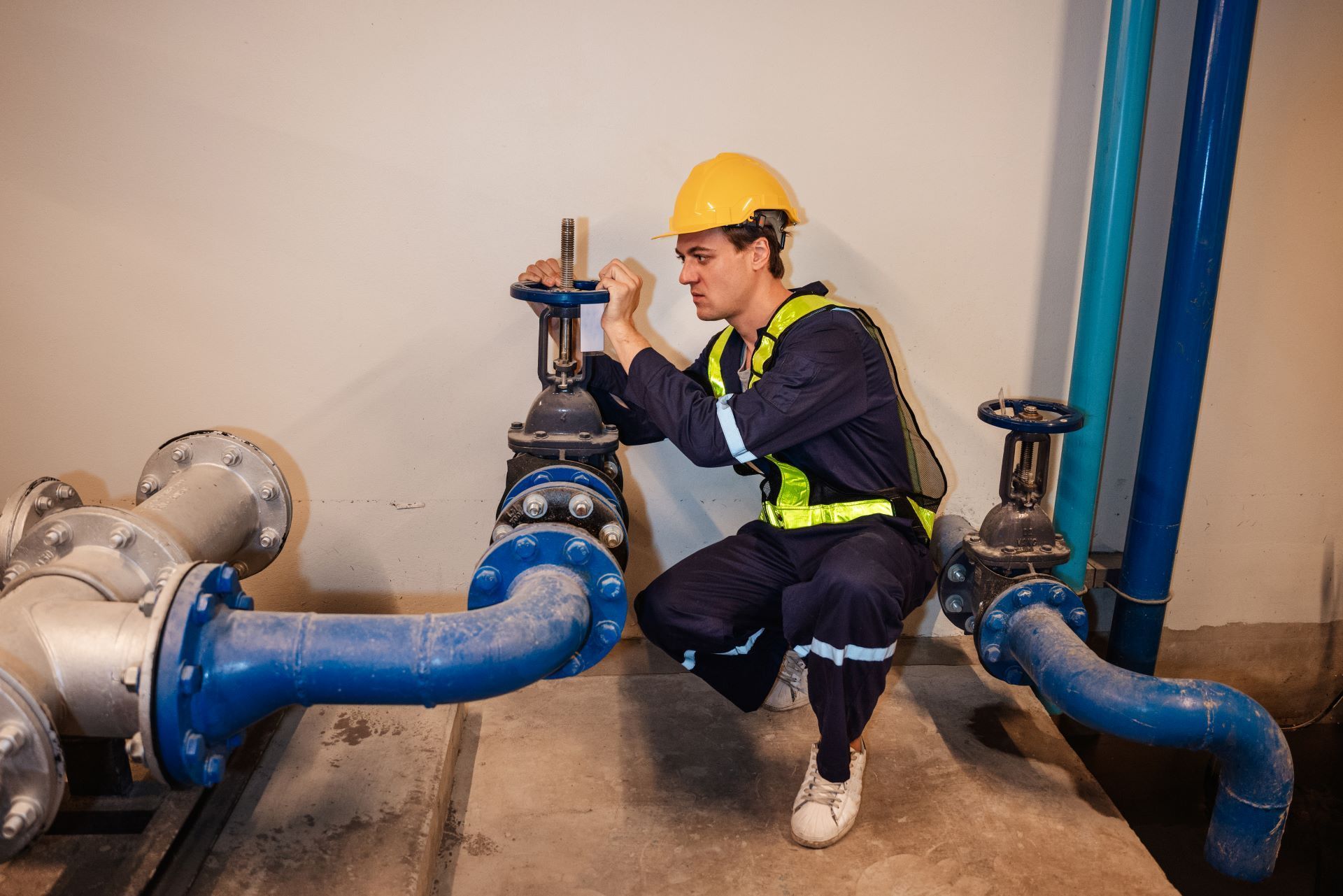Join the Lutz Loyalty Club and start saving today!
Water Conservation Tips That Save The Planet And Your Wallet
May 11, 2020

This suggests that costly water waste means heavy blows to the nation’s future water security-- and to your budget.
Here are some tweaks to the water efficiency of your home that can have you on your way to doing your part to help national water conservation efforts and can save you a pretty penny along the way.
Refresh Your Water Usage Habits
When you do need to keep the faucet flowing, salvage the water you use. Wash and rinse your dishes in plastic bins or keep a bucket in your shower as you wait for the water to heat up. When you need to water plants, use this salvaged water. You can even use saved water to flush the toilet.
Make efficient use of dishwashers and washing machines by ensuring you’re only running them when they are full.
Cast Out Costly Leaks
Landscape Smart and Sustainably
Make sure you are watering only when necessary. You can easily check for a parched yard by examining your soil’s moisture depth. Use a shovel or soil probe to check the first two to three inches of soil, if they are dry, watering is appropriate. This may also be a good time to mention that more plants die from over-watering than under-watering.
Other water-savvy tips for keeping a yard hydrated is to use salvaged water, install drip irrigation systems for shrubs and trees that directly water roots, and make use of drain water from rain gutters and HVAC systems by directing them to areas of your yard that need the extra moisture boost.
Local water providers, Like KC Water , offer educational resources for homeowners and may even host landscape classes. You’re most likely to find workshops in the spring and fall.
Lower Your Home's Water Pressure
If you aren’t sure what pressure would be appropriate for your home, have a plumber check it for you. Lutz Plumbing can also help you determine if you should opt to have a pressure reducing valve (PRV) installed on your main line. This may be particularly appropriate in homes using 60 psi. Having this high of a pressure not only increases water waste, but it wreaks havoc on your plumbing system and can lead to costly repairs.
(Water pressure pro tip: Know where your master water shut-off valve is located. Were a pipe to burst, this could save gallons of water and prevent damage.)
Monitor Your Water Meter
Another way to check for leaks is to read your water meter before and after a two-hour period when no water is being used. If there is a change in the second reading, you may have a leak in your home and should Immediately contact a licensed and insured plumber to run leak detection and service to prevent water damage.
Tackle Hot-Water Piping Insulation
If you are noticing that it takes forever to get hot water to your faucet, shower or tub, take a look at your hot water piping and make sure it is properly insulated. If not, this could be a quick fix psst! Another solution to insulating your piping, is to switch to a
tankless water heater.
Another culprit for slow-to-heat water could be cold water crossing over at your fixtures. If the length of the hot-water piping between the water heater and your furthest fixture is large, a recirculating pump could be your gateway to a hot shower and a bit of water conservation.
Use State and Federal Incentives For Your Conservation Efforts
Keep Your Water Conservation Efforts Simple
Share Post
Download the Lutz Plumbing App!
Schedule a Service
Membership Access
Access to Exclusive Offers
Manage Financing
... And More!
Free Safety Inspection
Free Extended Warranties
15% Discount
Free Priority Service
Member Only Specials
No Extra Charges for After Hour Service
Hundreds of Five-Star Reviews
Read why happy customers choose us over and over again.
When you have a
plumbing problem in the Kansas City area, you can rely on Lutz Plumbing to be have 24 hour response time. We are a local, family-owned business who shows up on time and ready to tackle your plumbing problems head on.
From leak detection to water heater service and installation, Lutz Plumbing gives you prompt, efficient and high quality plumbing services from knowledgeable technicians.
Read more about what hundreds of customers like you are saying about our five-star service, or call us today at
913-888-9500 and tell us about your problem today.

Dan
"We called at 6:30 on Sunday evening and Brent was at our door at 7:25 and was extremely professional and completed the work in a clean manner. We will be called Lutz Plumbing moving forward!"
Read All Reviews →
John K.
"The employees are always on time and very knowledgeable about the work to be completed. Very impressed, as always."
Read All Reviews →
Amanda
"I called 27 different plumbers at 11 at night, no one could come or they didn't answer. Brent called back 3 minutes later and came right out and fixed it right away. The price was less than other's day prices, so glad you are in business. I will always use Lutz plumbing from now on."
Read All Reviews →
Articles for Homeowners

Find Your Service Location
List of Services
-
Belton, MOBelton, MO
-
Blue Springs, MOBlue Springs, MO
-
Bonner Springs, KSBonner Springs, KS
-
De Soto, KSDe Soto, KS
-
Eudora, KSEudora, KS
-
Excelsior Springs, MOExcelsior Springs, MO
-
Gardner, KSGardner, KS
-
Gladstone, MOGladstone, MO
-
Grain Valley, MOGrain Valley, MO
-
Grandview, MOGrandview, MO
-
Independence, MOIndependence, MO
-
Kansas City, KSKansas City, KS
-
Kansas City, MOKansas City, MO
-
Lansing, KSLansing, KS
-
Lawrence, KSLawrence, KS
-
Leavenworth, KSLeavenworth, KS
-
Leawood, KSLeawood, KS
-
Lee's Summit, MOLee's Summit, MO
-
Lenexa, KSLenexa, KS
-
Liberty, MOLiberty, MO
-
Linwood, KSLinwood, KS
-
Merriam, KSMerriam, KS
-
Mission, KSMission, KS
-
North Kansas City, MONorth Kansas City, MO
-
Olathe, KSOlathe, KS
-
Overland Park, KSOverland Park, KS
-
Parkville, MOParkville, MO
-
Platte City, MOPlatte City, MO
-
Prairie Village, KSPrairie Village, KS
-
Raymore, MORaymore, MO
-
Roeland Park, KSRoeland Park, KS
-
Shawnee, KSShawnee, KS
-
Spring Hill, KSSpring Hill, KS
-
Tiffany Springs, MOTiffany Springs, MO
Local Office
21961 W 83rd St
Lenexa, KS 66227
Contact
Office Hours
Monday - Friday: 8a - 6p
Saturday: 8a - 4p
24 Hour Response
License
#20202383
Financing














